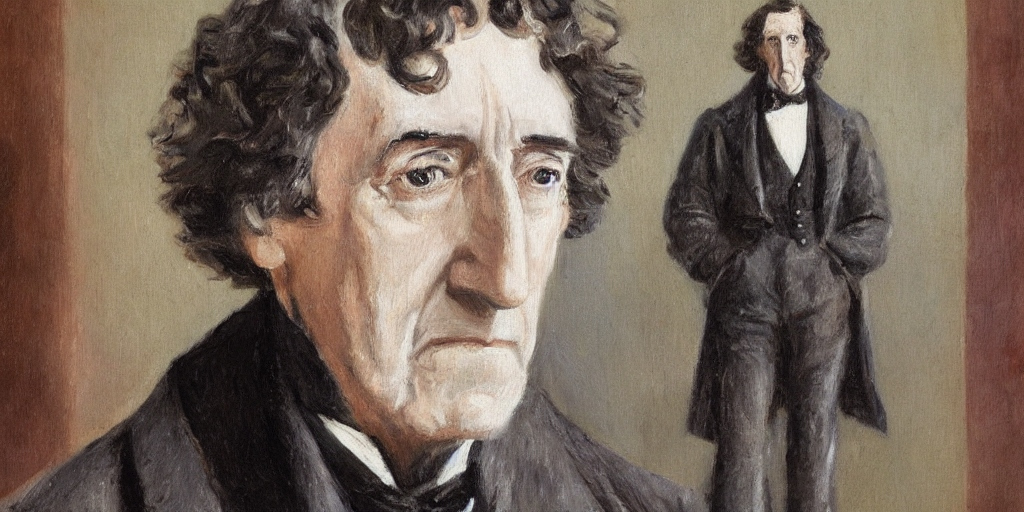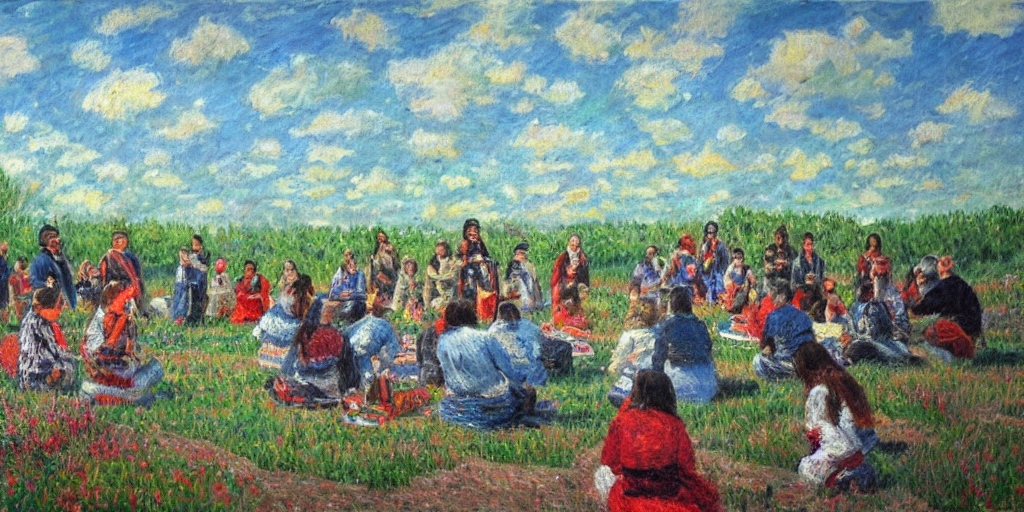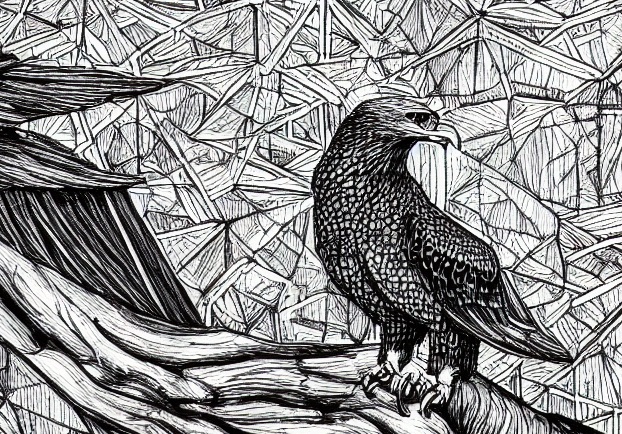As a criminal defense lawyer, I have taken steps to better understand the unique experiences of Indigenous people within our justice system. In light of landmark cases such as Gladue and Ipeelee, which have highlighted the impact of colonialism, displacement, and residential schools on Indigenous communities, it is important to approach each case with a deep understanding of my client’s personal experience and the historical and social context in which they live.
Overrepresentation of Indigenous people in the criminal justice system is a significant issue, but it’s important to recognize that both over-policing and under-policing have been persistent challenges faced by Indigenous communities in Canada. Historical over-policing has often targeted Indigenous individuals based on their ethnicity, race, or place of residence, and has been used to suppress Indigenous rights and enforce assimilation policies. On the other hand, under-policing has resulted in higher rates of victimization among Indigenous people and a lack of trust in law enforcement.
Similar challenges of over- and under-policing are also evident in disputes between Indigenous communities and the government. The police have often been used as a blunt instrument of government policy, resulting in a unique role for law enforcement in handling public order issues involving Indigenous communities.
Recognizing and addressing both forms of policing is crucial to restoring trust, promoting fairness, and ensuring justice for Indigenous communities. It is imperative that our justice system actively works towards decolonization and takes meaningful steps to facilitate the meaningful participation of Indigenous people. This approach is in line with the recommendations of the Truth and Reconciliation Commission and numerous justice reports on this issue, and it is essential for achieving equity and justice for Indigenous peoples in Canada.
The historical treatment of Indigenous people in Canada by the British government and subsequent Canadian governments has been marred by discriminatory policies of assimilation and erasure. These policies continue to impact Indigenous communities today, with systemic discrimination and mistreatment persisting.
The government used various methods to achieve assimilation, including forced relocation to marginalized lands, criminalization of Indigenous spiritual practices, and severe restrictions on fundamental rights and liberties. Provisions of the Indian Act coerced Indigenous people seeking to leave reserves to give up their status, and discriminated against Indigenous women and their children based on their marital status. The residential school system, founded on the belief that Indigenous children needed to be stripped of their Indigenous identity, further accelerated the planned disappearance of Indigenous culture. The police also played a significant role in enforcing these government policies, facilitating the sending of Indigenous children to residential schools.

“When the school is on the reserve the child lives with its parents, who are savages; he is surrounded by savages. Indian children should be withdrawn as much as possible from the parental influence.” – Canada’s first prime minister, Sir John A. MacDonald, in 1883.
With the decline of residential schools, Indigenous people faced a new challenge with the expansion of provincial child welfare agencies’ jurisdiction to include reserve communities, resulting in the “60s sweep” or “60s scoop.” Many Indigenous children were taken away by child welfare agencies and placed in non-Indigenous homes for adoption or in foster/group homes, where they often experienced neglect and abuse.
Indigenous spiritual practices, such as the potlatch and the Sundance, were also criminalized by provisions of the Criminal Code in the past, with police arresting participants and imposing jail sentences. The Indian Act further criminalized the use of alcohol by Indigenous people until it was struck down by the Supreme Court of Canada in 1969.
The history of Indigenous people in Canada since contact has been marked by entrenched racial discrimination, with discriminatory policies being central to Canadian governments’ approach since Confederation, as stated by the Aboriginal Justice Inquiry of Manitoba. This discrimination has resulted in ongoing mistreatment, unequal access to employment and housing, and disrespect from Canadian society.
Efforts have been made to address these issues, including the endorsement of a comprehensive program on social context issues by the Judicial Council of Canada in 1994. This program aims to promote non-discriminatory conduct by judges and court personnel, including the use of appropriate language, forms of address, and avoidance of improper references, such as adopting proper gender pronouns as implemented by our court recently.
It is crucial to recognize and acknowledge the historical and ongoing discrimination faced by Indigenous communities in Canada, and to prioritize reconciliation and redress for the harm inflicted. Building a just and inclusive society requires addressing the systemic injustices and mistreatment faced by Indigenous people and actively working towards meaningful change.

“To heal a nation we must first heal the individuals, the families, and the communities.” – Art Solomon, Ojibway Elder.
Acknowledging and addressing these injustices is crucial. Reconciliation and redress for historical and ongoing harms must be a priority to build a just and inclusive society. Efforts towards truth and reconciliation, exemplified by the Truth and Reconciliation Commission, are essential for healing and restoring justice.
The justice system also plays a role in perpetuating discrimination against Indigenous people. Comprehensive and credible programs addressing social context issues, including race and gender, are needed. By promoting non-discriminatory conduct, appropriate language, and forms of address, the justice system can contribute to a more inclusive environment.
As Canadians, it is our responsibility to confront past injustices and work towards a better future for Indigenous people. This includes acknowledging history, engaging in reconciliation efforts, and promoting equality, respect, and understanding in our society. Genuine efforts towards healing, redress, and inclusivity can build a just and harmonious Canada where the rights and dignity of all, including Indigenous people, are respected.

